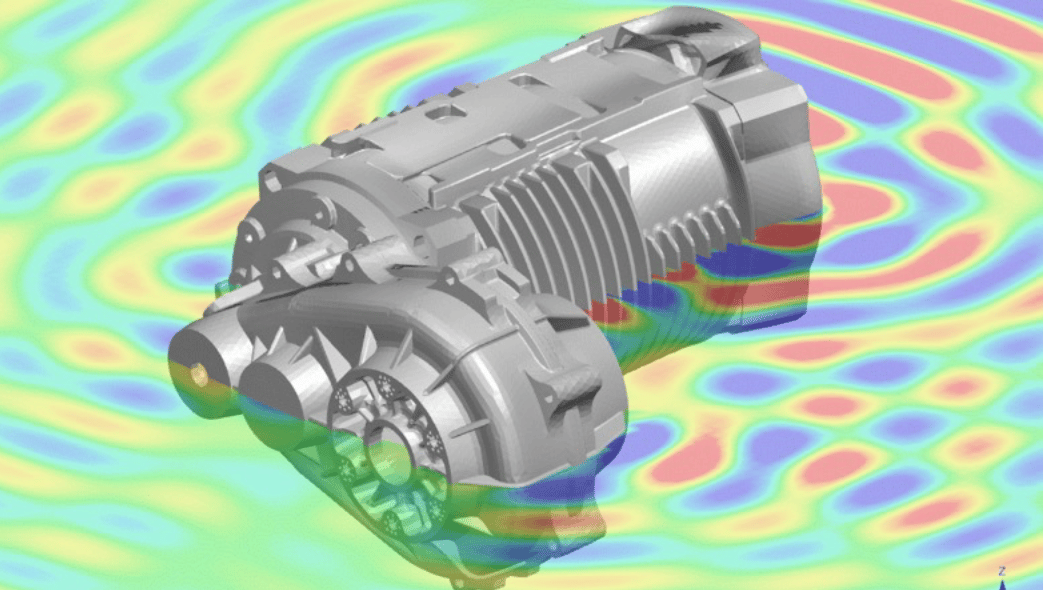Siemens Digital Industries Software announced today that the latest release of Simcenter software for mechanical simulation helps streamline electrification engineering projects, assists new aircraft meet margins of safety, simplifies durability testing across many industries and much more.
“Addressing complex engineering challenges such as developing products that are more powerful, yet greener, lighter yet stronger requires a fully-integrated CAE solution,” said Jean-Claude Ercolanelli, senior vice president, Simulation and Test Solutions, Siemens Digital Industries Software. “The latest release of Simcenter offers a host of powerful enhancements to help engineers meet those challenges efficiently and significantly faster than ever before, whether that is getting tire contact simulations solved 45% quicker or reducing airframe structure preprocessing by up to 80%.
The highlights in this release are applicable across all industries and workflows and bring new functionality to the Simcenter family of products. Highlights include:
For those exploring Additive Manufacturing (AM), build process simulation is a must, particularly when dealing with metals-based powder-bed fusion production methods. The complex nature of these processes usually require the AM engineer to collaborate with an experienced CAE expert. The latest release of Siemens’ Simcenter 3D software introduces a simplified application for simulation of the powder-bed fusion (PBF) build process that is easy to use for engineers without in-depth CAE expertise. Using a robust voxel-based mesh in the background, it can quickly model and simulate the PBF build process, allowing engineers to gain a good understanding whether a part will build successfully. More detailed analysis can then be performed by CAE experts also using Simcenter 3D, thus enhancing collaboration.
Following on from the introduction of the ability to launch simulations on remote HPC systems directly from within Simcenter 3D, engineers now have the ability to review simulation results directly from the Remote Simulation interface. This helps engineers determine if simulation studies ran correctly before transferring large results files back to a local workstation for in-depth evaluation.
Electrification is a major trend across the Automotive industry and development of new Electric Vehicle (EV) powertrains tend to be broken into silos for e-motor design, transmission analysis, NVH and acoustics. Simcenter mechanical simulation tools can help automakers break these silos by helping critical load, design and model information to flow easily between each of these disciplines for EV powertrain development. Beyond EV development, additional new capabilities in this release improve simulation of other automotive applications from NVH, to tires, to windshield wiper performance. Highlights includes:
The new contact pattern display in Simcenter 3D helps analyze wiper contact patterns. By modeling the wiper as a flexible body combined with contact elements, the new contact pattern display will show easy to interpret results of the wiper forces across the windshield, allowing the user to learn how consistently or inconsistently the forces are distributed and if the wiper design is working as expected, without the need for costly and time-consuming physical testing.
Finally, the latest release of Siemens’ Simcenter Tire software has an updated road contact algorithm to reduce the large amount of road data exchange required to build the high-fidelity tire models required for driving simulators and Hardware-in-the-Loop set-ups. This means that computational performance is increased by up to 45% enabling the use of high-fidelity tire models in real-time applications.
